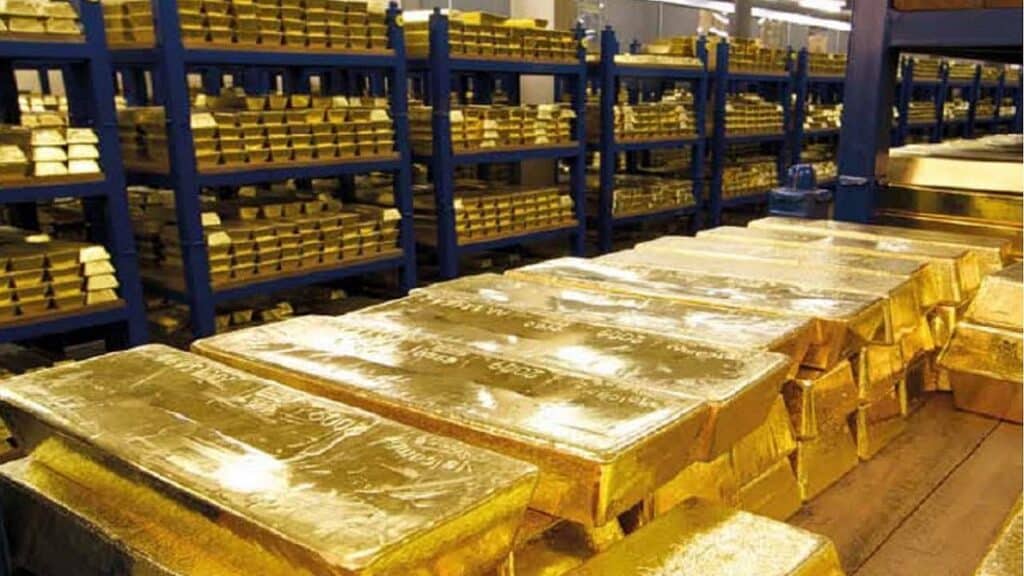 |
| Gold V.1.3.1 signal Telegram Channel (English) |

US Inflation Cools to 2.4% in May, Rate Cut Hopes Rise—but Tariff Risks Cloud Market Outlook
2025-06-12 @ 00:01
The latest U.S. Consumer Price Index (CPI) report for May shows inflation is cooling further, with the annual rate falling to 2.4%—a level that closely mirrors the pre-pandemic norm. This data comes as a welcome sign for both markets and the Federal Reserve, reinforcing hopes that interest rate cuts may be on the horizon later this year. However, with new tariffs on Chinese imports starting to take effect, the inflation outlook remains uncertain.
According to the Bureau of Labor Statistics, headline CPI rose just 0.1% in May from the previous month, coming in well below expectations. Core CPI—which excludes food and energy—also edged up only 0.1%. On a year-over-year basis, CPI rose 2.4% and core CPI came in at 2.8%, both showing signs of stabilization or slight cooling.
A closer look at the data shows that falling energy prices played a key role in easing inflation. Gasoline prices dropped by 2.6% in May, leading to an overall 1% decline in the energy index. In contrast, categories such as housing and food continued to rise modestly, each increasing by 0.3%.
Other spending categories like healthcare, car insurance, home furnishings, personal care, and education posted small gains. Meanwhile, airfares, used and new vehicle prices, and apparel costs all declined—which collectively helped bring the inflation picture closer to what we saw before the pandemic.
The market responded positively to the softer inflation numbers. All three major U.S. stock indices moved higher, while Treasury yields declined, signaling renewed expectations that the Fed might begin easing rates in the coming months. Continued slowing in inflation would give the Fed more flexibility to support economic growth and business confidence through measured rate cuts.
Still, looming in the background is a potential curveball: the Biden administration’s new round of tariffs on a wide range of Chinese imports, including EVs, semiconductors, and solar products. While these tariffs have only just taken effect, their impact on prices is not expected to be immediate.
Economists suggest the effects of tariffs often take several months to show up in retail prices—particularly for tech and durable goods that rely heavily on imports. If producers absorb the added costs, the impact may be muted in the short term. But if those costs are passed on to consumers, CPI could face fresh upward pressure later this year.
In summary, May’s CPI data signals meaningful progress on inflation, giving the Fed valuable room to maneuver. That said, the full effect of new trade policies has yet to surface. As such, investors should remain cautious and keep some defensive positioning in their portfolios to weather potential price swings and policy shifts. For policymakers, managing these external headwinds will be crucial in preserving the momentum of the recovery.





